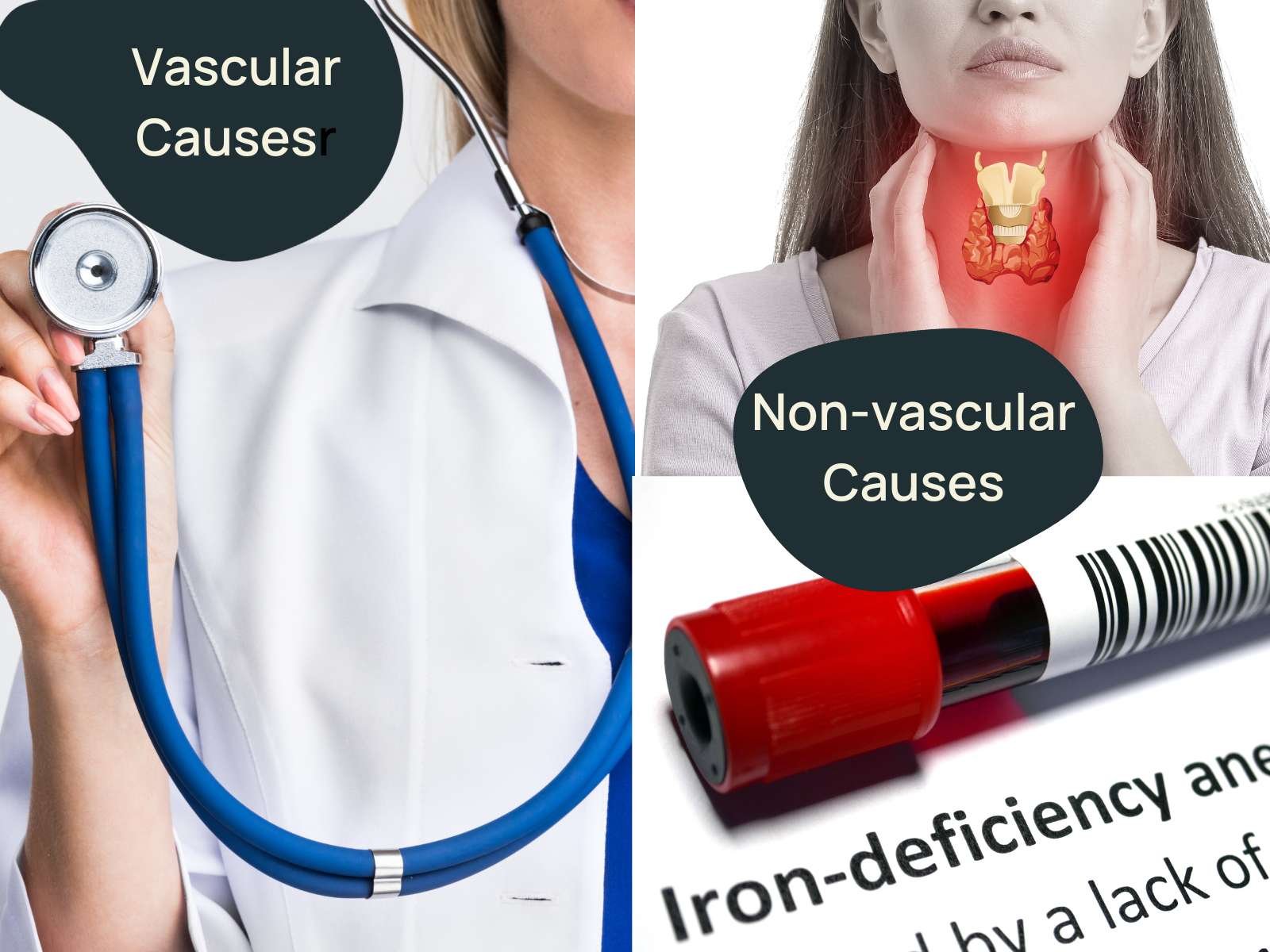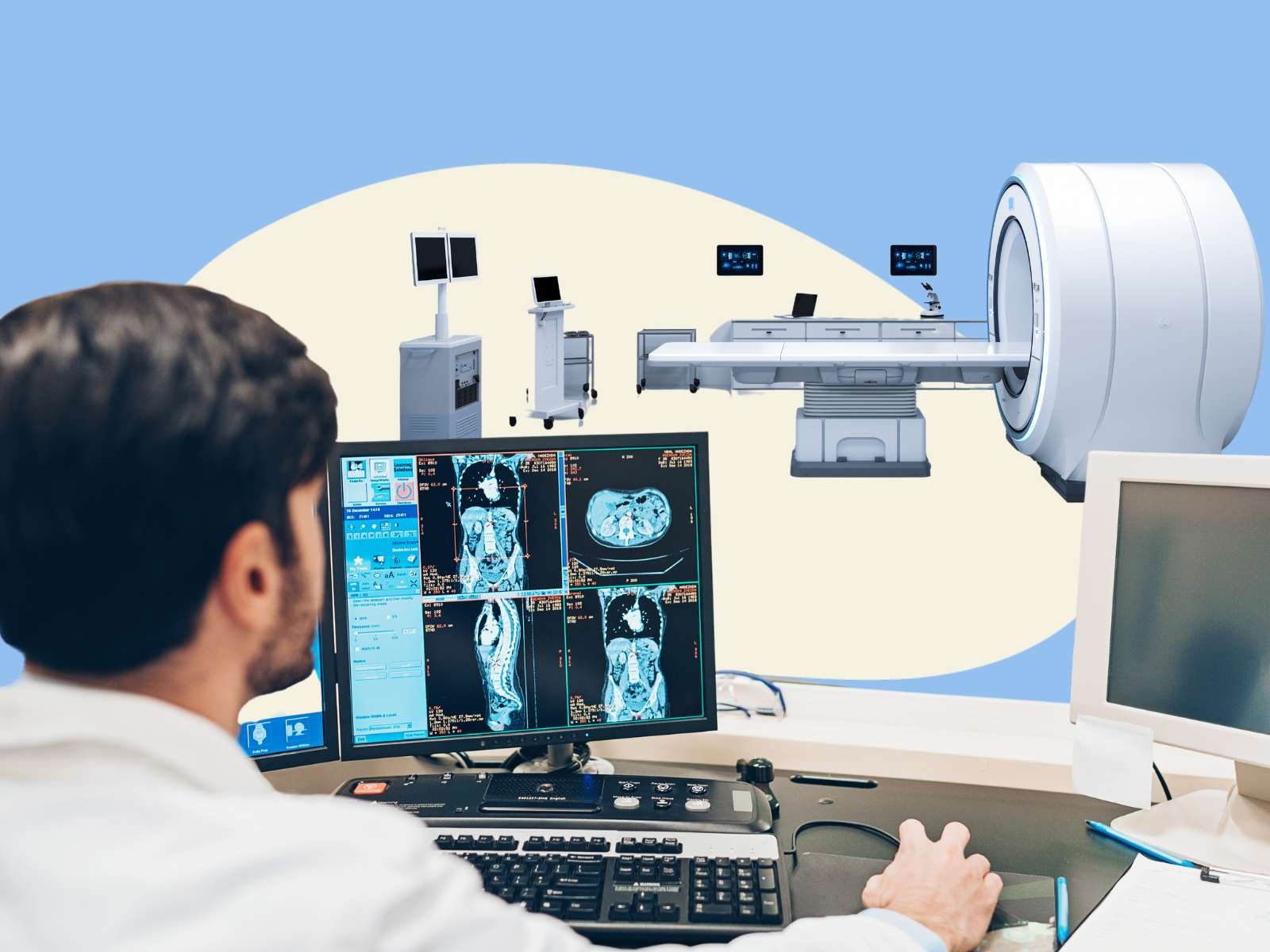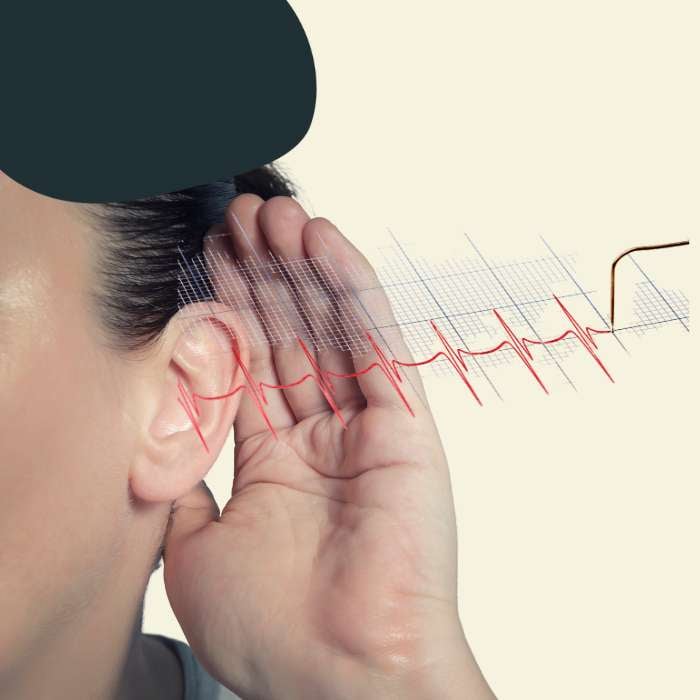Key Takeaways:
- Pulsatile tinnitus is a less common form of tinnitus that sounds like a whooshing or thumping sound.
- Pulsatile tinnitus can have vascular and non-vascular causes.
- If you notice pulsatile tinnitus, it is best to seek medical evaluation to rule out health conditions that need treatment.

I Can Hear My Heartbeat In My Ear: An Audiologist Explains
Tinnitus is the common experience of sound without an external sound source. While tinnitus affects an estimated 50 million Americans, pulsatile tinnitus makes up a smaller subgroup among those who experience tinnitus. Most commonly, tinnitus sounds like a bilateral, high-pitched ringing, with only about 10% of people experiencing a pulsatile, unilateral tinnitus.
Pulsatile Tinnitus, often described as a rhythmic thumping or whooshing sound in the ears, can be off-putting. This distinctive type of tinnitus stands out because its causes are usually more identifiable than non-pulsatile tinnitus.
From my experience as an audiologist, patients often report it as a distracting sensation and wonder what is causing it and if it's anything worrisome. This article will delve deeper into pulsatile tinnitus, covering its causes, symptoms, and what to do.
How is pulsatile tinnitus different from regular tinnitus?
Perceiving sounds in the ears, such as ringing or buzzing, is common. However, there's a less common type of tinnitus called pulsatile tinnitus. Pulsatile tinnitus is a rhythmic thumping or whooshing sound in the ear. Some report that the pulsing sound is in sync with their heartbeat, while others find that it follows no specific pattern. Certain positions may provoke the sound for some. For example, lying on one side or moving the head or neck in certain positions may provoke or intensify the sound. It may sound like you hear your heartbeat in your ear.
Like other more common forms of tinnitus, pulsatile tinnitus can be constant or intermittent. The pulsing sound may come from one ear, both ears, or sound like it's in the head. Pulsatile tinnitus may start suddenly. Some people find the perception more pronounced during an illness, such as a cold, as they become more aware of their body's internal sounds. Some also report that exertion enhances the pulsing sensation.

What causes pulsatile tinnitus?
Many conditions can cause pulsatile tinnitus; some are benign, while other causes are more serious and require medical treatment. Unlike other forms of tinnitus, this type warrants some detective work to rule out any associated medical conditions. One study estimates that 70% of pulsatile tinnitus patients have an identifiable cause of their pulsatile tinnitus. However, more often than not, pulsatile tinnitus is benign.
The cause of pulsatile tinnitus can be divided into vascular and non-vascular categories. It is essential to note that not all causes of pulsatile tinnitus are due to a serious medical condition. However, pulsatile tinnitus is more frequently associated with an underlying condition, as opposed to non-pulsatile, bilateral tinnitus, which is usually always benign.
Vascular-related conditions include abnormalities in blood vessels or other structures within the ear. Some vascular causes include:
- atherosclerosis
- blood vessel disorders
- idiopathic intracranial hypertension
- high blood pressure
Non-vascular causes may stem from:
- head and neck tumors
- superior canal dehiscence
- anatomical variations or abnormalities
- anemia
- head trauma
- migraine
- TMJ
- hyperthyroidism
- variations in anatomy (benign)
For some individuals, their anatomy may cause an audible venous hum due to close proximity to blood vessels in the sinuses. This is usually relatively benign.
To sum up, if you have a pulsing sound in your ear, it’s best to see your doctor.
Other Symptoms to Watch for
Pulsatile tinnitus may also be accompanied by other symptoms, depending on the underlying cause. For example, a person experiencing anemia may also notice fatigue, bruise easily, and feel lightheaded. Notice any other symptoms you've experienced since the pulsatile tinnitus started so you can report them to your healthcare provider.
When to see a physician?
If you experience pulsatile tinnitus, it's essential to see a doctor to rule out any underlying conditions or medical issues. While many conditions that cause pulsatile tinnitus are benign, it's necessary to rule out more serious causes.
I encourage patients to seek medical evaluation, especially if the pulsatile tinnitus is new or sudden. An ENT doctor has extensive training in ear, nose, and throat conditions and will conduct a thorough evaluation to rule out any vascular or non-vascular conditions.

What types of tests check for conditions that cause pulsatile tinnitus?
To determine the underlying cause of pulsatile tinnitus, your physician will take a complete medical history and perform a physical examination, imaging tests, or a referral to another specialist.
During the exam, the physician may use a stethoscope to listen to areas on your head or neck, assess the eyes for signs of increased pressure on the brain, or order blood work.
Your physician may also order any of the following tests following physical examination:
- temporal bone computerized tomography (CT) scan
- Magnetic resonance angiography (MRA)
- Magnetic resonance imaging (MRI)
- Ultrasound
These tests provide more information about the blood vessels or anatomical anomalies that may be present.

What to do about pulsatile tinnitus?
Treatment for pulsatile tinnitus typically depends on the underlying cause. In some cases, your doctor may recommend medication or supplements. For example, anemia or hyperthyroidism may be treated with medication.
Medication and lifestyle changes, such as reducing salt intake, may improve your condition if the underlying condition is high blood pressure or atherosclerosis. Surgery or other medical intervention may be necessary for more severe conditions like vascular tumors.
If no cause is determined, there are still treatment options you can consider to cope with your tinnitus. White noise machines and other sound therapies may help alleviate symptoms and make sleeping easier. Other strategies that can help include meditation, cognitive behavioral therapy, tinnitus retraining therapy, or progressive muscle relaxation.
Conclusion
Pulsatile tinnitus can be a bothersome and distracting condition. It's crucial to understand that this type of tinnitus is often symptomatic of an underlying condition, be it vascular or non-vascular.
You should not hesitate to seek medical consultation if you experience pulsatile tinnitus, especially if it's new or sudden. Diagnosis typically involves a thorough physical examination, medical history evaluation, and sometimes imaging tests.
Treatment is usually focused on addressing the underlying cause, and even if a specific cause can't be determined, various coping strategies can help manage the symptoms. Remember, it's always better to err on the side of caution and seek professional help.






